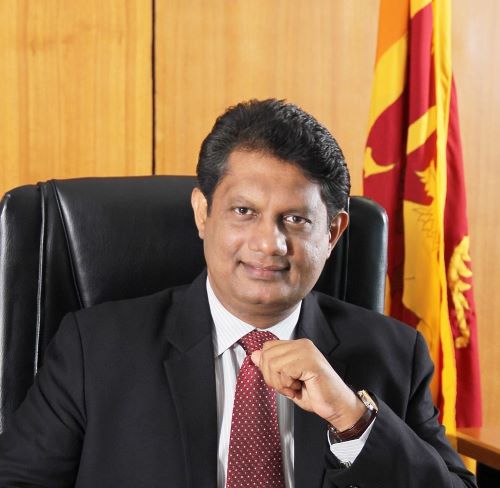Fact Check
In his statement, the MP claimed that the population percentage dependent on agriculture is over 30%, while the contribution to GDP is less than 10%. His figures indicate that the population percentage dependent on agriculture is over 3 times the percentage of GDP generated by the sector.
To evaluate this claim, FactCheck.lk consulted the Economic and Social Statistics of Sri Lanka report published by the Central Bank of Sri Lanka (CBSL) Statistics Department and the latest available Labour Force Survey (LFS) statistics.
The agriculture sector accounted for 7% of the GDP in 2019, which is less than 10%, as cited by the MP.
To assess the population the population that is dependent on the agriculture sector, FactCheck.lk used the percentage of the labour force engaged in agriculture as a proxy measure. The percentage of the labour force employed in agriculture was 25.3% in 2019, the last year for which annual statistics are available (the 2017-19 three-year average is similar). In 2020 LFS quarterly data, which is subject to seasonal fluctuations, the last quarter figure was 29.0%. This is closer to the MPs overstated reference of dependency being above 30%. The percentage dependent on agriculture is also over 3 times the contribution to GDP as implied by the MPs figures.
The precise figures given by the MP overstates the population dependent on agriculture. However, the claim on agriculture contribution to GDP and the overall substance of the claim that the dependence on agriculture is more than three times the contribution to GDP is substantiated by the data.
Therefore, we classify the MP’s statement as TRUE.
*FactCheck.lk’s verdict is based on the most recent information that is publicly accessible. As with every fact check, if new information becomes available, FactCheck.lk will revisit the assessment.
Sources
Statistics Department, Central Bank of Sri Lanka, Economic and Social Statistics of Sri Lanka 2020(ESS), p. 16 available at: https://www.cbsl.gov.lk/sites/default/files/cbslweb_documents/statistics/otherpub/ess_2020_e1.pdf [last accessed 12 August 2021]
Department of Census and Statistics, Ministry Of Finance, Quarterly Report Of The Sri Lanka Labour Force Survey, Fourth Quarter – Quarterly Report – 2020, (Ess), p.7, available at: http://www.statistics.gov.lk/LabourForce/StaticalInformation/QuarterlyReports/4thQuarter2020 [last accessed 12 August 2021]
Department of Census and Statistics, Ministry Of Finance, Labour Force Survey Annual Report – 2019, (Ess), p.8, available at: http://www.statistics.gov.lk/LabourForce/StaticalInformation/AnnualReports/2019 [last accessed 12 August 2021]


